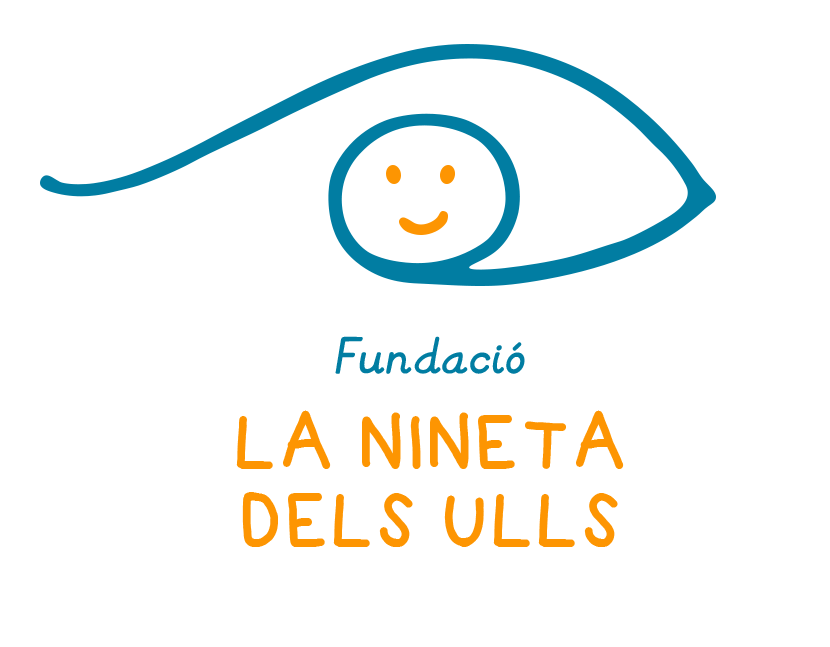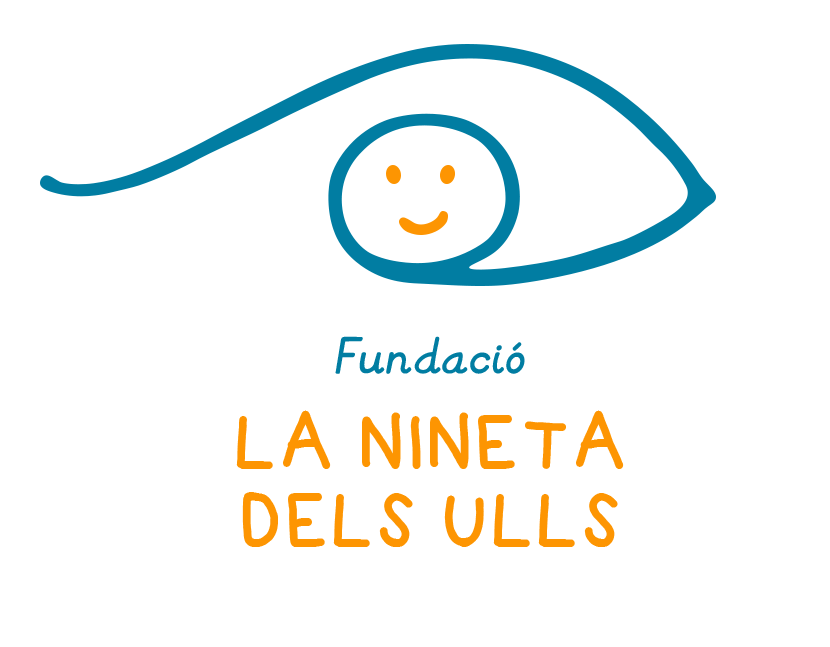Treatments
- Enucleation: It consists of the enucleation of the eye, replacing it with a prosthesis that is sutured to the ocular muscles to give it mobility. Later on, an external prosthesis that mimics the anterior part of the eye is placed. It is indicated in cases with big tumors in eyes with no visual possibilities.
- Intraarterial chemotherapy: It consists of the insertion of a catheter into the child's femoral artery and directing it into the ophthalmic artery to deliver chemotherapy directly into the blood vessel supplying the eye.
- Intravitreal chemotherapy: It consists of injecting a small amount of chemotherapy through the back of the eye and into the vitreous humour. Intravitreal chemotherapy is particularly useful in the treatment of vitreous disseminations, which are small pieces of tumour that break off and remain in the jelly (vitreous) of the eye.
- Brachytherapy or plate radiotherapy: It involves placing plaques that deliver radiation next to the tumor to destroy it without affecting as much tissue as external radiation therapy.
- Cryotherapy: It consists of killing tumor cells by freezing them.
- Thermotherapy: It consists of the use of heat to destroy cancer cells.
- VCN-01: Advanced generation virus treatment (adenovirus): Only indicated when all other treatments have failed and enucleation is the only possibility. It is a derivative of the adenovirus - a common virus that normally causes cold symptoms - that has been modified in the VCN Biosciences laboratory to be able to identify, infect and multiply in cancer cells. This allows the oncolytic virus to selectively identify and attack cancer cells and leave healthy cells unharmed.






